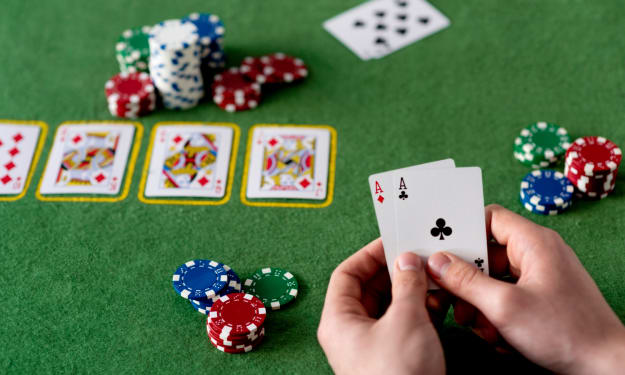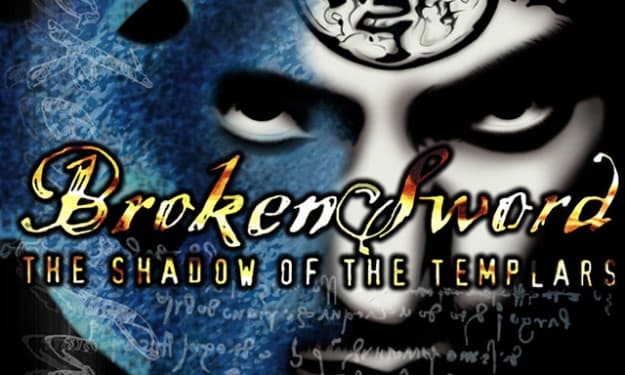How Ludo Game Apps Are Made: Unveiling the Tech Wizardry
Ludo Game Development

Ludo, the age-old game of rolling the dice, capturing opponents' pieces, and racing to the finish line, has transcended generations and cultures. Today, this classic board game enjoys a resurgence in popularity, but in a whole new digital format - the Ludo mobile app. What goes into transforming a physical game into a captivating and interactive mobile experience? This article delves behind the scenes to explore the fascinating world of Ludo game app development.
Laying the Foundation - Game Design and Development
A skilled game designer at an experienced Ludo Game Development Company doesn't just replicate the physical Ludo board; they breathe new life into it for the mobile format. This involves several key aspects to ensure a captivating and enjoyable gaming experience.
Core Mechanics: While staying true to the essence of Ludo, the designer might introduce new power-ups, special abilities, or different game modes (like quick matches) to enhance the mobile experience.
Level Design (if applicable): For Ludo apps with progressive difficulty or additional challenges, the designer creates engaging levels with unique layouts, obstacles, or objectives.
Balancing Act: A crucial aspect of game design is ensuring balance. The designer needs to create a fair and enjoyable experience for all players, regardless of skill level. This involves playtesting and fine-tuning various elements like power-up effects or winning conditions.
UI/UX Design: The UI/UX designer focuses on making the app intuitive and enjoyable to use. Here's a breakdown:
User Interface (UI): This refers to the visual elements players interact with, including the game board layout, player controls (dice roll button, piece movement options), menus (settings, game modes), and in-game information displays (turn indicators, remaining moves). The UI should be clear, uncluttered, and visually appealing to keep players engaged.
User Experience (UX): This focuses on the overall feel and flow of the game. The designer ensures smooth gameplay mechanics, intuitive controls, and clear visual cues to guide players through the game. Animations for dice rolls, piece movements, and other actions add a touch of polish and enhance the UX.
Development Process: The Ludo Game developers take the design concept and turn it into a functioning app. Here's what they do:
Coding the Core Mechanics: Programmers translate the game design document into code. This involves creating the dice rolling functionality, ensuring random and fair outcomes, and implementing the logic for player movement based on dice rolls and game board rules.
Turn Management: Developers code the turn system, ensuring smooth transitions between players, handling turn skips due to failed dice rolls, and displaying clear information about whose turn it is.
Victory Conditions: The code defines the winning conditions, whether it's getting all pieces to the finish line first or capturing a certain number of opponent pieces.
Building the Engine - Core Technologies
Several key technologies work together to power a Ludo game app:
Game Engine: Imagine a game engine as the app's central nervous system. Popular choices for Ludo games include:
Unity: A widely used and versatile engine offering tools for rendering 2D and 3D graphics, physics simulation, and managing game logic.
Unreal Engine: Another powerful engine known for its stunning visuals and advanced features. While more complex than Unity, it can create high-quality, immersive Ludo experiences.
Cocos2d-x: An open-source engine well-suited for 2D game development. It's a popular choice for Ludo games due to its ease of use and focus on 2D graphics.
Programming Languages: Developers typically use languages like:
C#: A powerful and versatile language commonly used with Unity for game development.
Java: Another popular choice, often used with the Android operating system for mobile apps.
JavaScript: While less common for core game logic, JavaScript can be used for scripting user interface elements and interactions within the game engine.
Artificial Intelligence (AI): While not essential for basic Ludo, AI can be implemented to create challenging computer opponents. Here's how it works:
AI Algorithms: Developers create algorithms that analyse the game state, including board positions, piece placements, and dice roll possibilities. Based on this analysis, the AI can choose strategic moves to challenge human players.
Difficulty Levels: AI can be programmed with different difficulty levels, allowing players to choose a suitable challenge based on their skill level.
Also Read - Top 10 Ludo Game App Development Companies 2024-25
Bringing it to Life - Art, Sound, and Animation
The following elements add vibrancy and user engagement to a Ludo game app:
Art and Design: Talented artists create the visual assets that bring the Ludo world to life on mobile devices. This includes:
Game Board Design: Eye-catching and visually appealing game board designs set the tone for the overall user experience. Artists might create different board themes or variations to keep things fresh.
Character Pieces: Players need to easily identify their pieces on the board. Artists design distinct and visually appealing character pieces that resonate with the app's theme.
Dice Design: The humble dice are a crucial element of Ludo. Artists can create visually interesting dice designs that complement the overall aesthetic.
Sound Design: Sound effects and background music add another layer of immersion to the game. Skilled sound designers craft audio elements that:
Enhance Gameplay: Clear sound effects for dice rolls, piece movements, and capturing opponents' pieces provide feedback and keep players engaged.
Create Atmosphere: Background music can set the mood for the game, whether it's a light and playful tune or something more suspenseful for intense matches.
Animations: Well-designed animations add polish and make gameplay more engaging. This includes:
Dice Rolling Animations: Visually stimulating animations for rolling the dice add a touch of excitement and anticipation.
Piece Movement Animations: Smooth animations for moving game pieces across the board enhance the user experience and make gameplay feel more dynamic.
Special Effects: For power-ups or special abilities, animations can visually represent their effects, adding a layer of visual interest.
Monetization and Beyond - Keeping the Game Going
Ludo game development goes beyond the initial creation process. Here's how developers ensure the app's long-term success:
Monetization Strategies: Several options exist to generate revenue from a Ludo game app:
In-App Purchases: Players can purchase additional features like cosmetic upgrades for their game pieces, new game boards, or power-ups that provide temporary advantages.
Non-Intrusive Advertising: Well-placed and unobtrusive ads can generate revenue without disrupting the gameplay experience.
Subscription Model: For a premium experience, developers can offer a subscription model that unlocks additional features, ad-free gameplay, or exclusive content.
LiveOps and Updates: Keeping players engaged requires ongoing maintenance and updates. This includes:
Regular Updates: Developers should frequently release updates with new features, bug fixes, and content additions to keep the game fresh and exciting.
Live Events and Tournaments: Hosting in-game events and tournaments can boost player engagement and encourage competition.
Seasonal Content: Special themes or limited-edition content tied to holidays or events can add variety and attract new players.
Analytics and Optimization: Data is key to understanding how players interact with the app. Here's how developers utilize it:
User Analytics: By analysing player data, developers can identify areas for improvement, such as balancing gameplay mechanics, refining difficulty levels, or optimizing monetization strategies.
App Performance Metrics: Monitoring app performance metrics like crash rates, loading times, and battery usage helps ensure a smooth and enjoyable user experience.
Bettoblock Expertise: Beyond Ludo
Our expertise extends beyond Ludo game development. We are a comprehensive game development company with a proven track record of success in various genres:
Card and Board Game Development: Our development team possesses the skills and experience to bring any card or board game concept to life in the digital world. Whether you envision a classic game with a modern twist or a completely original idea, Bettoblock can create a captivating and user-friendly mobile game.
Rummy Game Development: Bettoblock is a frontrunner in Rummy game development, creating feature-rich and engaging Rummy applications for mobile platforms. We understand the intricacies of this popular Indian card game and can tailor the app to resonate with local preferences.
Conclusion:
Ludo game app development is a fascinating blend of creativity, technical expertise, and user-centric design. By understanding the core technologies and development processes involved, you can appreciate the intricate work that goes into creating a captivating Ludo mobile experience.
About the Creator
Enjoyed the story? Support the Creator.
Subscribe for free to receive all their stories in your feed. You could also pledge your support or give them a one-off tip, letting them know you appreciate their work.





Comments
There are no comments for this story
Be the first to respond and start the conversation.